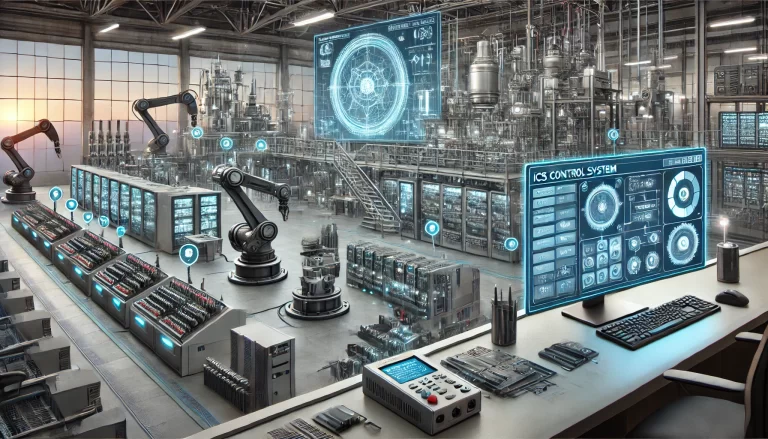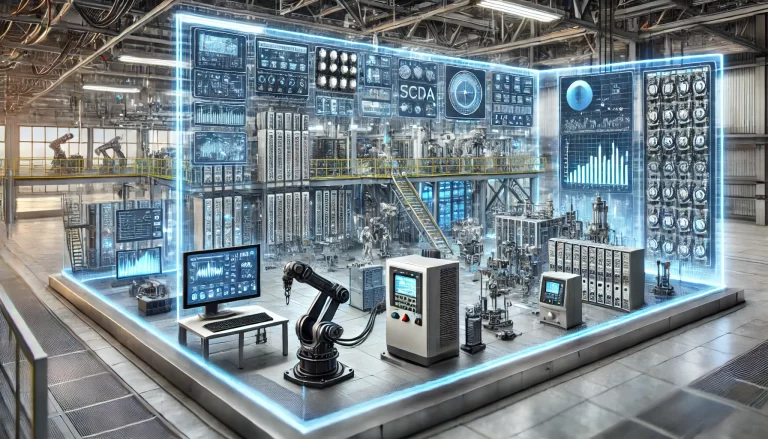In the era of industrial automation, “zero manual operation” has become a benchmark for evaluating the advancement of process units. While this objective appears straightforward, it embodies a complex interplay between technological innovation and human-centered management. As enterprises begin using the number of manual interventions as a performance metric, operators often face a dilemma—“Should I intervene or not?” This results in hesitation, delayed response, and, in some cases, catastrophic consequences.
This article explores how true progress lies not in blind pursuit of zero actions, but in empathetic system design, realistic performance assessment, and collaborative innovation.

1. Empathy-Driven Optimization: From Data to Human Insight
A major petrochemical company once implemented a policy limiting manual operations to no more than three actions per shift. The unintended consequence? Operators hesitated to respond when process anomalies emerged, leading to a reactor overpressure incident. This highlights a fundamental flaw: equating fewer manual actions with better performance ignores the real-world cognitive and psychological context of plant operations.
True process improvement should begin with empathetic engineering. Engineers should step into the control room, observe operators during alarm scenarios, and understand their decision-making under pressure. This contextual knowledge enables the development of safe and intuitive control systems that align with human cognitive patterns.
The Andon system at Toyota factories is a textbook example. When an anomaly occurs, any employee can pull the Andon cord, triggering a response without fear of penalty. Instead of punishing actions, the system triggers team-based problem-solving, converting intervention into a learning opportunity.

2. Cutting Through Formalism: Exposing the Three Myths of Superficial Automation
Some refineries, in pursuit of automation KPIs, have transferred tasks from centralized control (DCS) to manual field inspections—a phenomenon dubbed “internal-to-external control migration.” This approach resulted in a 50% delay in response times for critical process parameters. It is a clear case of pseudo-automation rooted in management inertia rather than technological advancement.
To foster true automation, organizations must break through three common misconceptions:
Myth 1: Fewer manual operations equal lower safety risks
Myth 2: Interface simplification equals system optimization
Myth 3: Workflow redesign equals responsibility transfer
German chemical giant BASF, during its implementation of advanced process control (APC), adopted a “dual-track” approach—retaining the old interface during trial runs of the new system. Over 2,000 operation cases were reviewed to gradually refine control logic. This pragmatic, evidence-based approach successfully avoided the traps of tokenism and formality.

3. The Art of Simplicity: Collective Intelligence and Evolution
At Sinopec Qilu’s smart plant initiative, a frontline operator proposed a “parameter correlation visualization” concept. The idea significantly improved anomaly diagnosis efficiency by 40%. This case illustrates that frontline wisdom is indispensable in process innovation.
Organizations should establish cross-functional improvement workshops, uniting process engineers, instrumentation specialists, and operators into collaborative innovation teams. Using digital twin simulations and PDCA cycles, these teams can test and refine control strategies in a low-risk environment.
The DuPont Safety Observation Program provides further inspiration. Workers from different departments are encouraged to conduct cross-role observational audits, identifying potential safety or process issues through a fresh lens. Such role-blurring collaboration often leads to unexpected simplification breakthroughs.

Conclusion: From Metrics to Meaning, from Isolation to Collaboration
As we stand at the threshold of Industry 4.0, zero manual intervention should not be reduced to a cold metric, but reimagined as a human-centric management philosophy. When companies replace punitive assessments with empathetic engagement, and engineers co-create solutions alongside operators, intelligent manufacturing truly begins to flourish.
The future of industrial automation lies not in replacing human intelligence, but in amplifying it through technology. This evolution is not just about safer and more efficient plants—it’s about aligning machine precision with human insight to build a resilient, collaborative, and progressive operational ecosystem.
